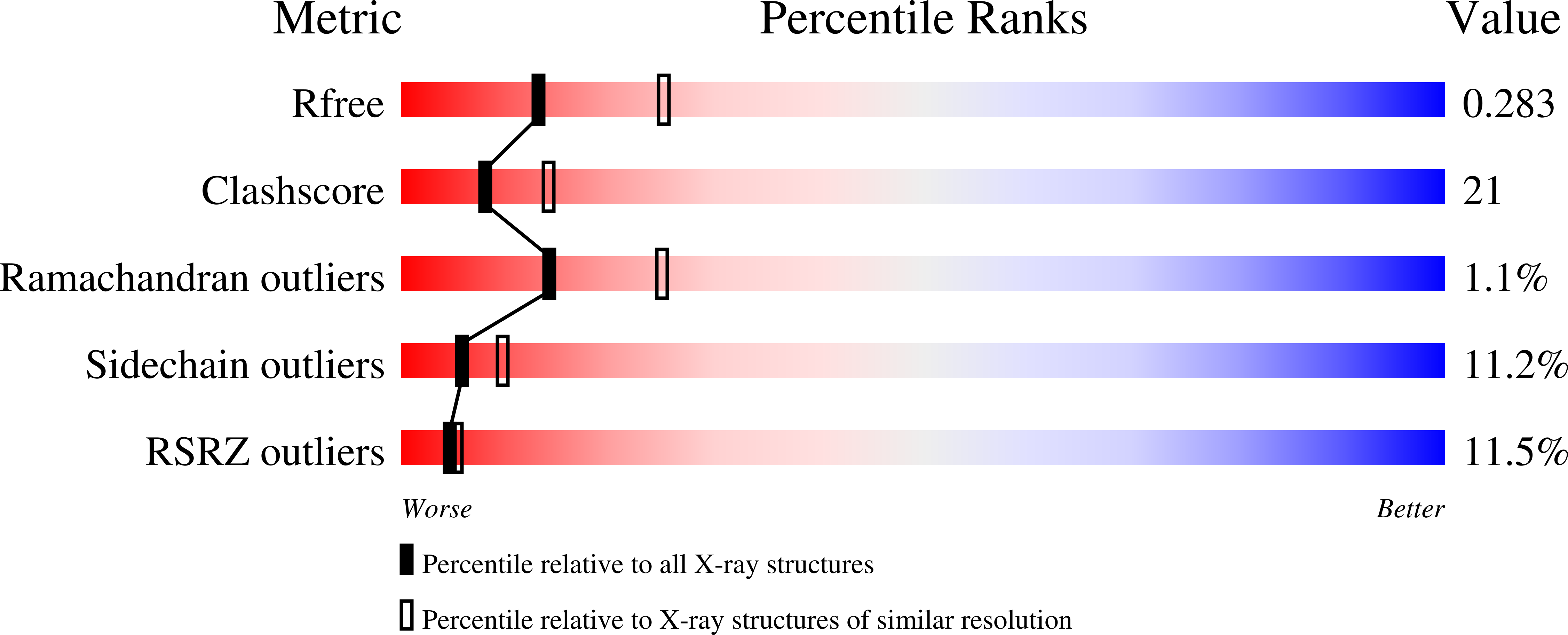Abstact
The Z-disk region defines the lateral boundary of the sarcomere and requires a high level of mechanical strength to provide a stable framework for large filamentous muscle proteins. The level of complexity at this area is reflected by a large number of protein-protein interactions. Recently, we unraveled how the N-terminus of the longest filament component, the giant muscle protein titin, is assembled into an antiparallel (2:1) sandwich complex by the N-terminal titin-binding segment of the Z-disk ligand telethonin/T-cap [Zou, P., Pinotsis, N., Lange, S., Song, Y.H., Popov, A., Mavridis, I., Mayans, O.M., Gautel, M., Wilmanns, M., 2006. Palindromic assembly of the giant muscle protein titin in the sarcomeric Z-disk. Nature 439, 229-233]. In this contribution, we present structural data of a related complex of the titin N-terminus with full-length telethonin. The C-terminus of telethonin remains invisible, suggesting that it does not fold into a defined structure even in the presence of titin. In contrast to the structure with truncated telethonin, a dimer of two titin/telethonin complexes is formed within the crystal environment, potentially indicating the formation of higher oligomers. We further investigated the structure and dynamics of this assembly by small-angle X-ray scattering, circular dichroism, and in vivo complementation data. The data consistently indicate the involvement of the C-terminal part of telethonin into the assembly of two titin/telethonin complexes.



